Search
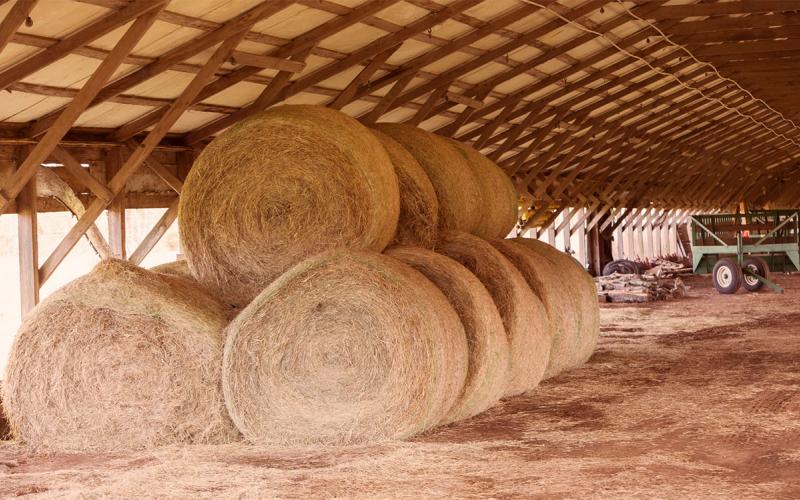
Planning Forage Needs
Inventorying and planning for hay and other forage feed needs is essential every year, especially when production is uncertain due to drought or excess moisture.

Registration Open for Chronic Disease Self-Management Lay Leader Training
July 27, 2021
South Dakota State University Extension is offering a virtual Better Choices, Better Health SD Chronic Disease Self-Management Program Lay Leader Training Aug. 19 to Sept. 30.

Purposeful Retirement Book Club Facilitation Guide
A curriculum that can be used to facilitate a purposeful retirement book club in a community.
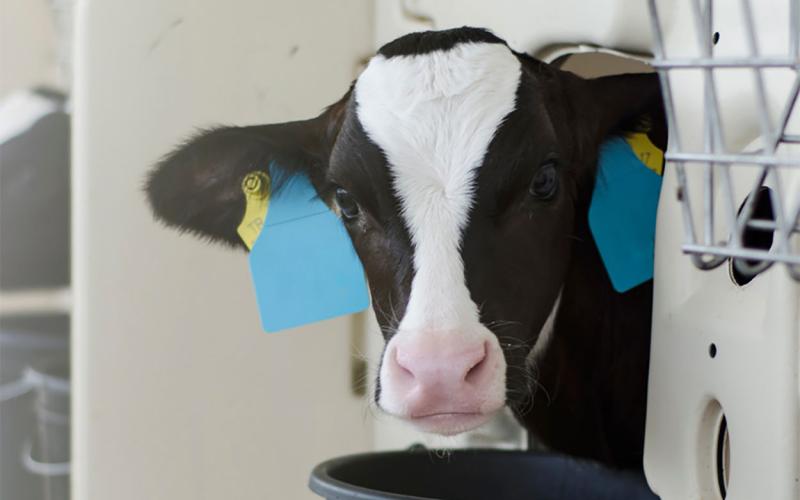
Raising Purchased Baby Dairy Calves: Getting off to a Good Start
Making sure calves get off to a good start often comes down to paying close attention to the right details. A good relationship with the source of the calves and veterinarians will help ensure those details are optimally managed.
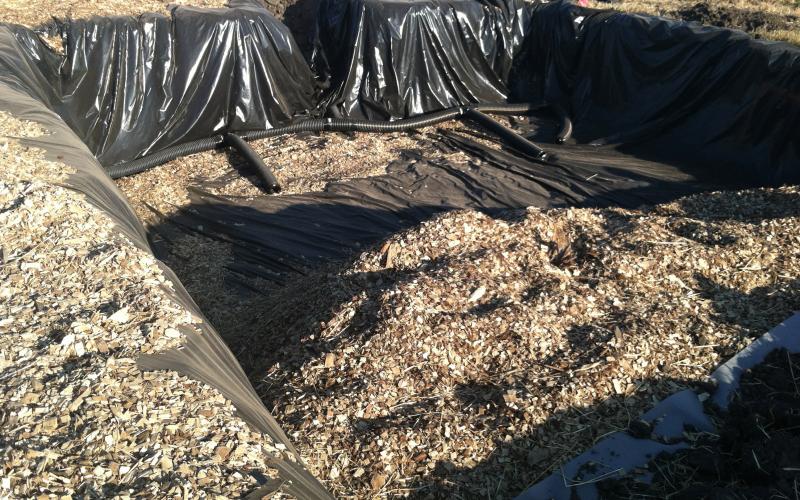
Bioreactors and Your Bottom Line
Why are bioreactors unpopular and what can we do to incentivize farmers to put them in?

SDSU Extension to Host Open House at Lemmon Regional Center
July 29, 2021
Community members are invited to attend an open house at the new South Dakota State University Extension Lemmon Regional Center on Aug. 18 from 3 to 5:30 p.m. MT.
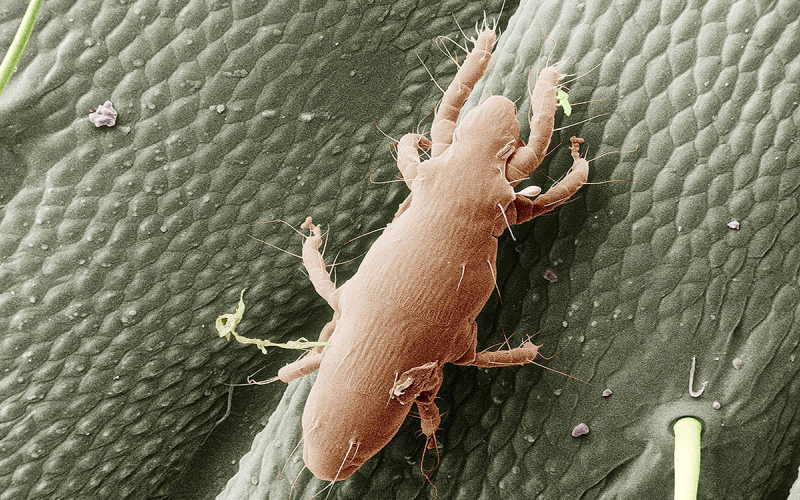
Straw Itch Mites
Straw itch mites, also known as hay mites or grain mites, can be a major problem when present in hay or grain. The best way to avoid a straw itch mite infestation is to keep commodities at low moisture levels and bale straw when it is thoroughly dry.
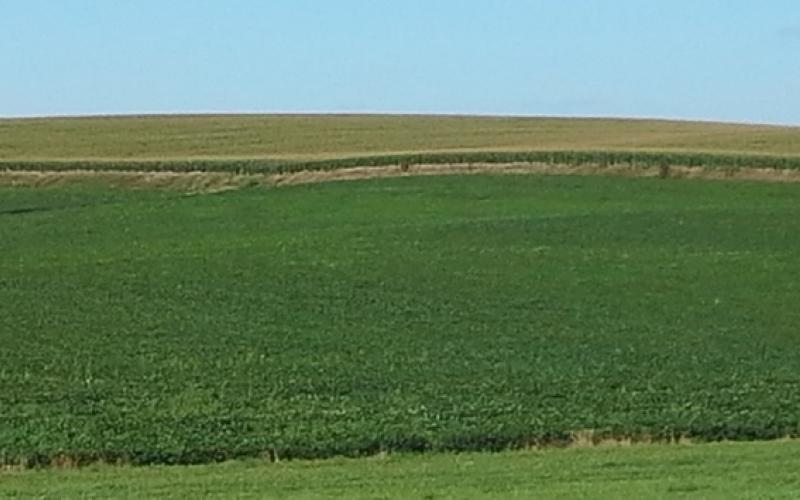
'Science for Success: Notes From the Field' Resumes Aug. 6
July 29, 2021
South Dakota growers and agribusiness professionals are invited to join soybean research and Extension specialists from land-grant universities across the country as they host the webinar series, "Science for Success: Notes From the Field."
Eastern South Dakota Grazing School Postponed to 2022
July 30, 2021
The Eastern South Dakota Grazing School scheduled for Aug. 11- 13 at the Abbey of the Hills near Marvin, South Dakota has been postponed until 2022.
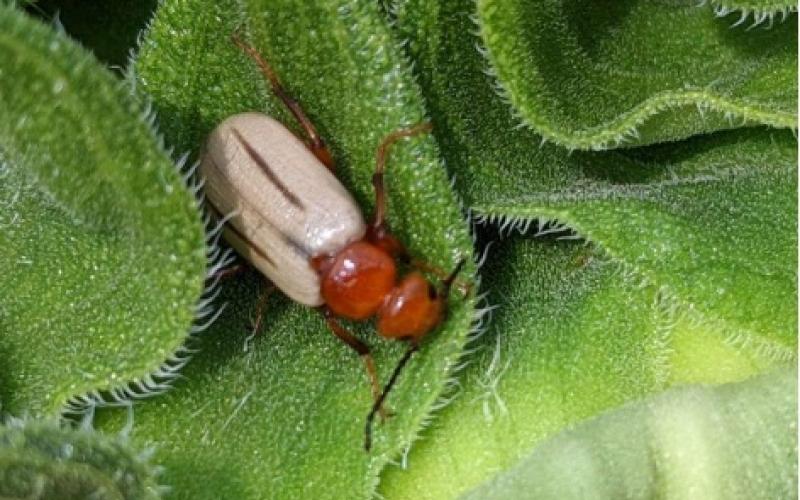
Zonitis Bilineata on Sunflowers
While scouting sunflower last week we noticed beetles that were present throughout the field on the developing buds. These beetles weren’t feeding on the buds or the bracts that they were often on. So, what were they doing on the sunflowers?